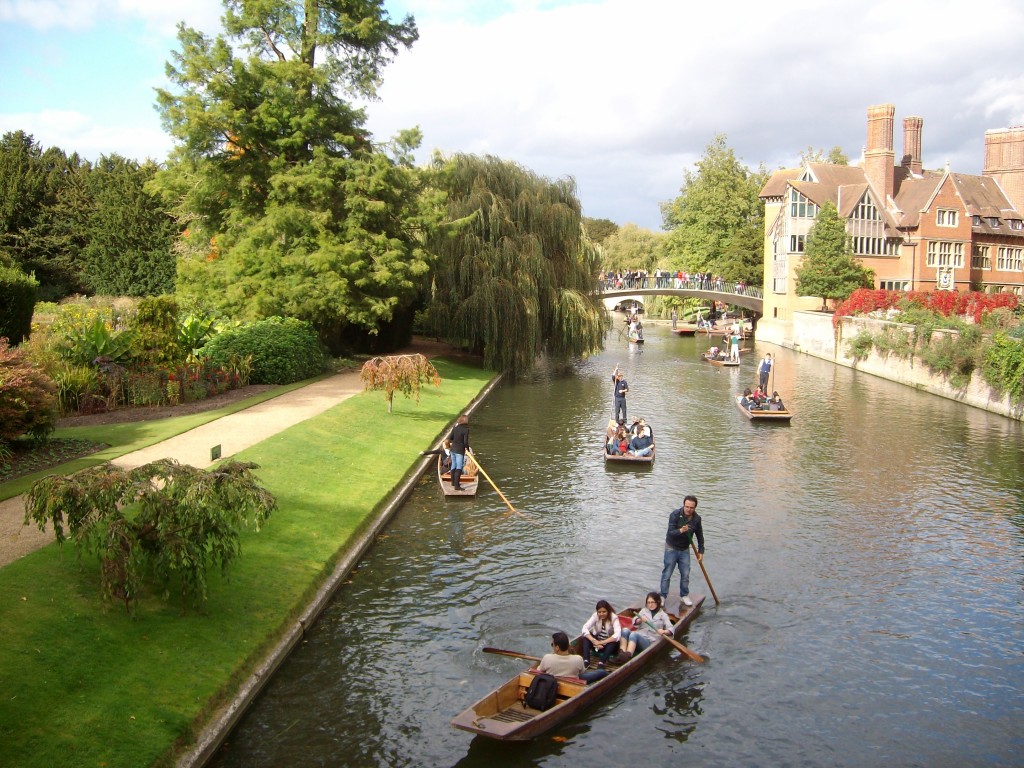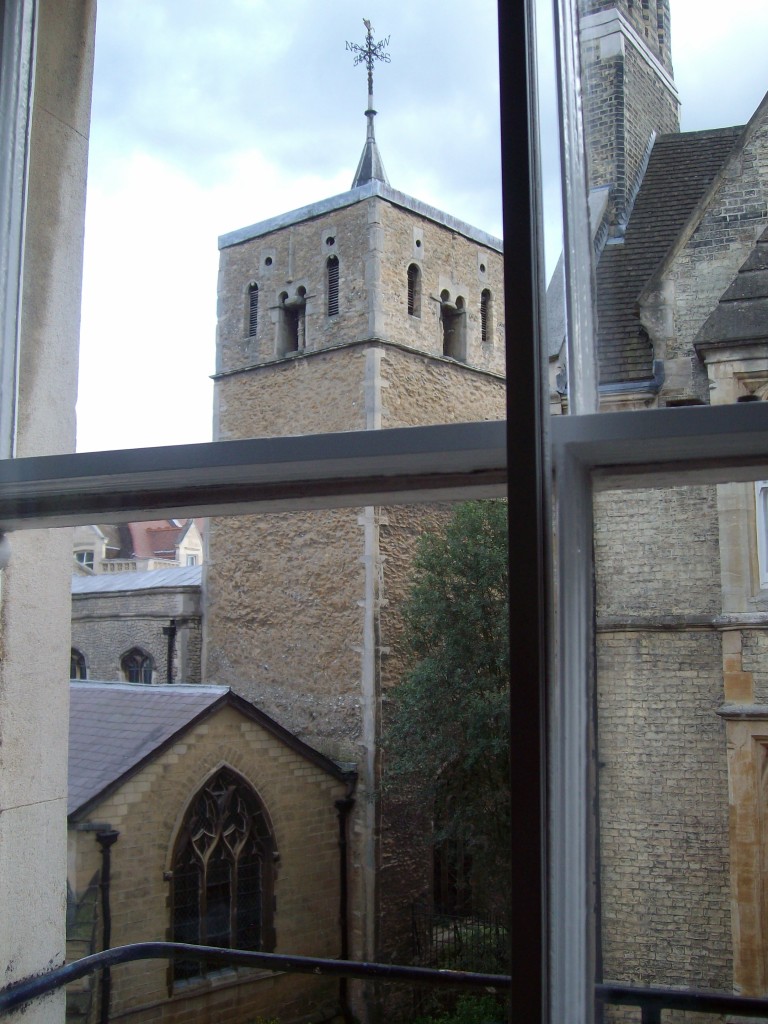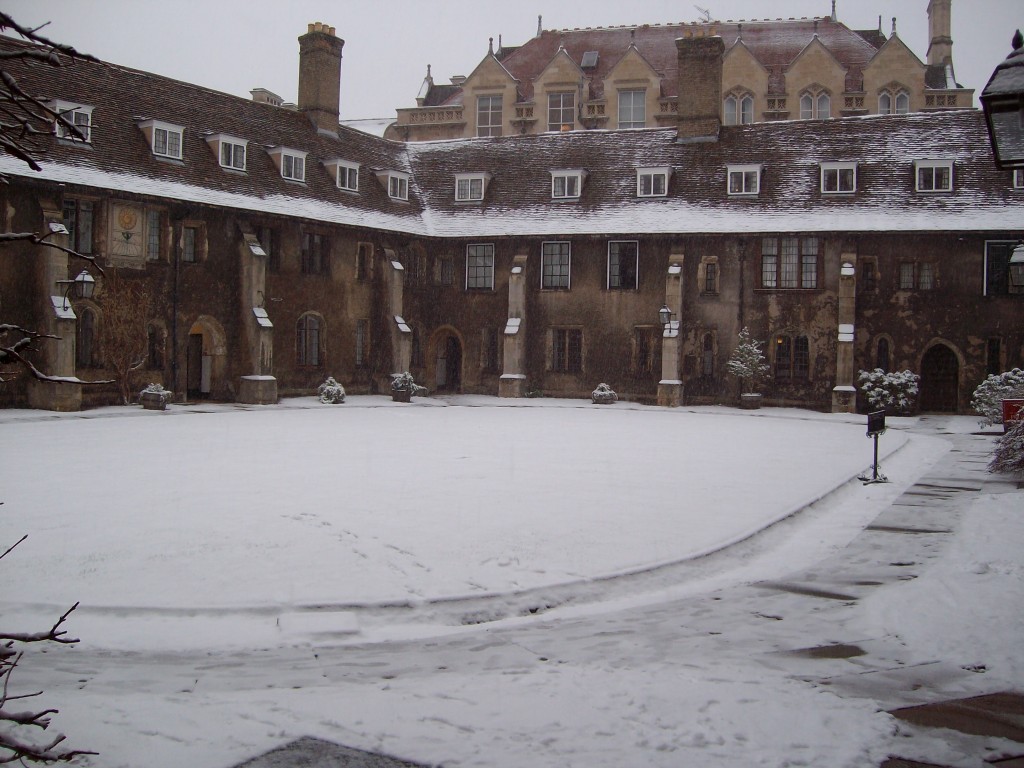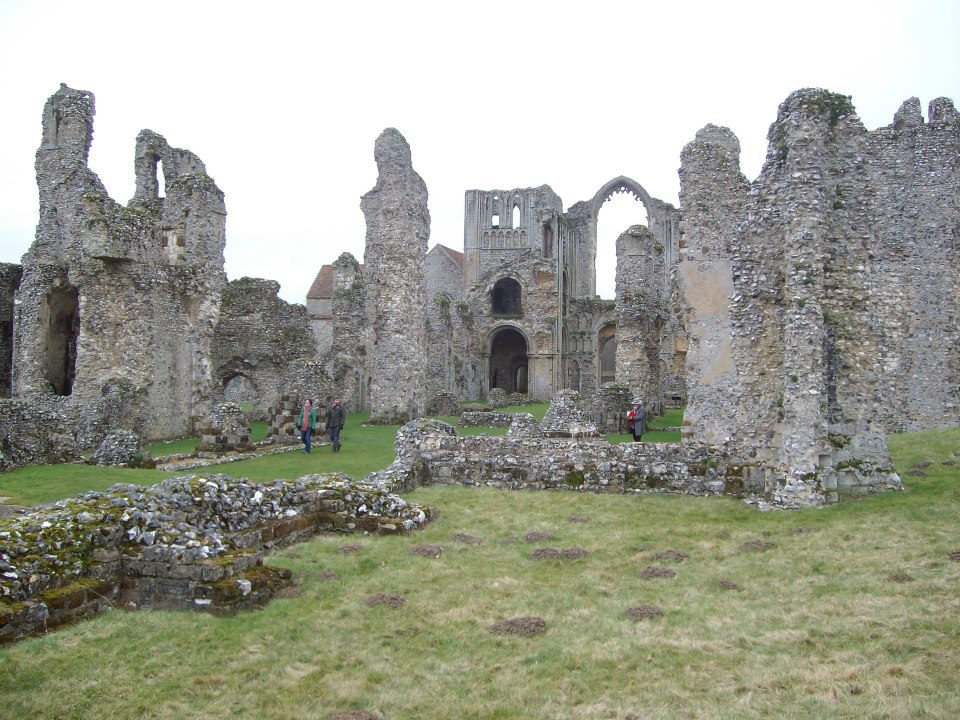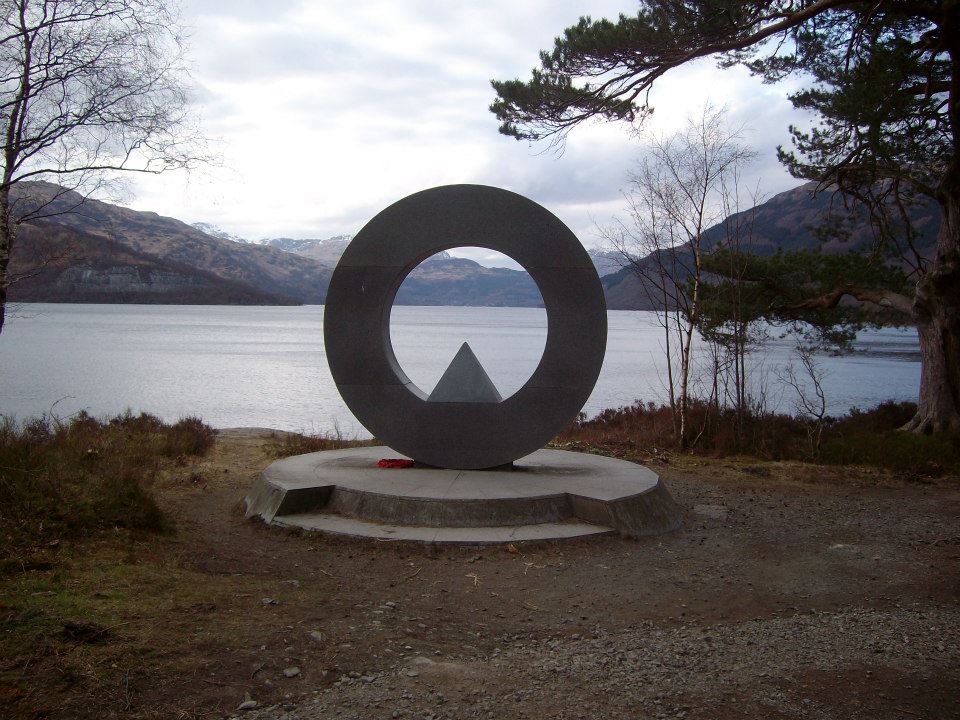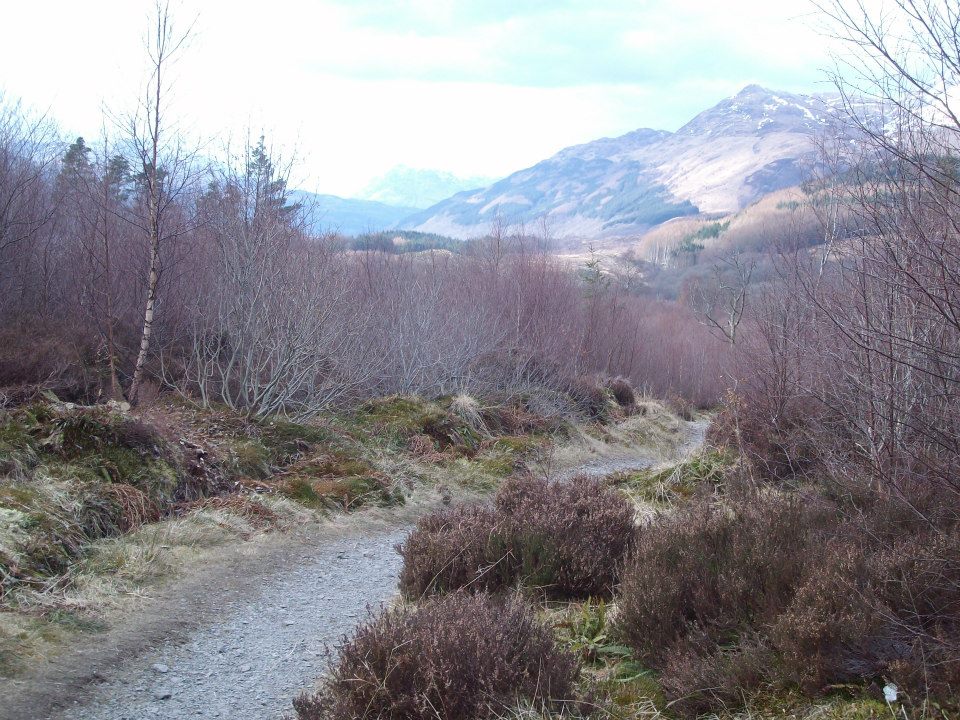Honors history and classical studies student Joshua Windsor is spending the 2012-2013 year studying abroad as a Libby Finch scholar at Cambridge University, in Cambridge, England.
January 22, 2013
Cambridge is a beautiful place. In the morning, when I walk to lectures at the Faculty of History, I leave my room (which is over The Eagle – Watson’s and Crick’s favorite pub), hasten westward through the gates of King’s College, continue past the magnificent Chapel, and onward over the River Cam and through the College Backs. The lawns, meticulously kept and forbidden to the feet of ‘junior members’, glisten with dew, as do the fields which constitute the Backs, and on which are kept the fine white cattle of Corpus Christi College. The trees have now shed their red and golden leaves, and the sodden mass of them carpet the path along the river. It is cold and wet at this time of year, and none but the hardy head onto the river; but in the spring there will be punters a-plenty on the gentle Cam. It is a splendid walk to class.
There is a pleasant alchemy here of gentle natural beauty and the vibrant heritage of generations past. That unassuming natural beauty – Cambridge must be one of the few places where humans have improved upon nature – I have described above. But, if anything, the material remains of that ‘vibrant heritage’ are just as affecting.
Concentrated along King’s Parade and Trumpington Street is one of the world’s great collections of architecture, a fact appreciated by the ever-present tourists that flock here in numbers second only to London. Across from King’s College Chapel, which is the preeminent example of Perpendicular Gothic, is Great St. Mary’s Church.
A bit further down the road are the courts of St. John’s College and the iconic Round Church. Further south there is the grand façade of the Fitzwilliam Museum, and spanning the river are the beautiful Bridge of Sighs and the Mathematical Bridge. Much humbler, but of greater antiquity, is the church of St. Bene’t, right outside my window. Its foundations are just shy of a thousand years old, laid when Canute was king.
For the historically-minded, or for those that simply have a soft spot for old things, Cambridge is an intense thrill. Indeed, the persistence of the past here is nearly palpable. The college at which I’ve matriculated, The College of Corpus Christi and the Blessed Virgin Mary, was founded in 1352, and its Old Court, the oldest in Oxbridge, is still very much in use.
A few weeks ago a thick, soupy fog moved in – ‘on little cat feet’, Sandburg would say – and obscured even the modest spires of the New Court. For a few hours the college seemed an island of timelessness, as if it had forgotten to change centuries with the rest of the world.
That impression is in some ways confirmed by the survival of tradition; the customs seem almost as fixed as the foundations of St. Bene’t’s. A Latin grace is still used at formal meals; academic gowns are still worn at formal occasions; the names of the original founders are still read out at the annual Commemoration Service. It is not affectation, but an ironic affection among the young; among the aged the irony is muted by memory. As many English (and Scottish and Welsh) students have told me, the university is a ‘throwback’ – a throwback which they enjoy immensely. And which, I might add, I too enjoy immensely.
Honors history and classical studies student Joshua Windsor is spending the 2012-2013 year studying abroad as a Libby Finch scholar at Cambridge University, in Cambridge, England.
Lent term, the second term of three, flew by at a head-spinning pace. In frost and damp it began, and just a few days later – or so it now seems – the crocuses were in bloom and the Easter lilies starting up from the soil, roused by Spring’s ‘clarion o’er the dreaming earth’. These past few days have been especially glorious, as the sun finally warms to its work and the earth seems alive and relieved. Now I can comprehend that exclamation of Robert Browning’s – ‘O, to be in England/now that spring is here!’ Now, too, I can foresee what torture awaits; for the student whose busiest time of the year is the spring, the pleasantness of it all can seem almost cruel, as if Mother Nature were mocking the breathless rush from deadline to deadline.
Mid-term deadlines notwithstanding, I was fortunate this past term to enjoy a few day-trips organized by the dean of the College Chapel. The first of these was an excursion to see the massive gathering of swans and various other waterfowl at the Welney Wetland Reserve. A fresh snow made our pre-dawn navigation difficult, but we arrived in time to see the sun rise over the mottled white and grey expanse of the frozen fenland. As the light gained strength and the birds awoke, piecemeal groups of six and seven took off to forage for food in the surrounding fields – for these Icelandic and Siberian migrants England is practically balmy in February. While watching, I struck up a conversation with the British photographer sharing the viewing blind with me. We talked especially of his fascination with the landscapes of the American West and of his confusion at what he considered the ‘violence’ of American culture; but we paused often to watch, entranced, as those majestic birds winged their way toward the day’s labor.
For the second day-trip a small group from the college went into London. We began at the Victoria and Albert Museum – though one could just as well dub it ‘Britain’s bric-a-brac cabinet’, or some similar title. We were there especially to view the 15th century stained glass windows from the cloisters of the German Mariawald Abbey. (Chapel windows from that same abbey now adorn the College Chapel, thanks to some rather shady dealings in the 18th century). The V&A is vast and wonderful, with reconstructed period rooms and dazzlingly-preserved treasures in constant rotation. Later in the term I returned and dawdled in the Early Modern British section, obsessed over the Raphael Cartoons on loan from Her Majesty the Queen , and managed to see nothing that I had seen before.
In a different way, Westminster Abbey, which was our next stop, is also vast and wonderful. We first attended evensong and then took a tour through the Shrine of St. Edward the Confessor and the royal graves therein, as well as the splendid Henry VII Chapel, the Poet’s Corner, and so on. If there is a geographical center of British identity Westminster Abbey may very well be it. That center (if there really is one) is not uncontested, however. On a later tour of the Houses of Parliament, which sit just opposite the Abbey in the Palace of Westminster, one gathers a sense of venerable and active importance – perhaps due to the ‘moral uplift’ encouraged by Victorian rebuilding following the Fire of 1834, or to the ubiquitous busts of British statesmen which constitute ‘such a great cloud of witnesses’.
The third excursion was into the neighboring county of Norfolk, first to the town of Castle Acre and then to Oxburgh Hall. At Castle Acre are the remains of the motte-and-bailey fortress-home of the de Warrens, a founding Norman family, as well as the ruins of the Castle Acre Priory. Both of these features date from the 12th century, and both in their splendid desolation evoke the words of Thomas Hood:
But in the green ruins, in the desolate walls
Of antique palaces, where Man hath been…
There the true Silence is, self-conscious and alone.
Oxburgh Hall, a red-brick Tudor pile surrounded by an ornamental moat, is beautiful as well, though perhaps not so easily categorized in poetical terms. The Bedingfields, its owners, were a famous recusant family, and its 16th century walls once sheltered ‘Bad’ (i.e. Catholic) Queen Mary.
The layers of history visible in England’s material and architectural culture can set an American’s mind to reeling. To juxtapose the Tudor stateliness of Oxburgh with the airy fancy of the high Gothic, or even with the massive sturdiness of the Romanesque (such as at Peterborough Cathedral, where the choir sang this term), is to observe the developing manifestations in stone and iron of a society’s flesh-and-blood experience. In The Hunchback of Notre Dame the Archdeacon, Dom Claude, cries ‘the book will destroy the edifice!’ – it will destroy the ‘the letters of the marble alphabet, the pages of the granite book’. The prescience of Hugo’s Archdeacon is debatable; even so, the richness of what remains – Roman walls and Norman towers, Tudor estates and Victorian brick and iron – makes ‘reading’ it always informative, always intriguing, and sometimes very moving indeed.
Honors history and classical studies student Joshua Windsor is spending the 2012-2013 year studying abroad as a Libby Finch scholar at Cambridge University, in Cambridge, England.
‘Oh yes, there’s trout in there, and perch and pike, and rainbow and brown trout’ said the elderly Scotsman, responding to my question about his intended quarry. After a few pleasantries he went back to his preparations. But as I turned to go he looked up from his fly-rod, his thin figure drowning in the vastness of his own waterproofs, and he gave me a wink and a knowing grin. ‘Happy walking!’ he said.
I was just then beside a small lake a few miles north of Milngavie (unaccountably pronounced ‘Mill-guy’), which town is the starting-point of the West Highland Way. One of Britain’s more famous trails, the WHW extends 96 miles through some of Scotland’s most diverse and dramatic scenery – past Loch Lomond and the Trossachs, through Rannoch Moor and Glen Coe – before ending in Fort William at the foot of Ben Nevis, the highest of the peaks. Walking – a national pastime, it seems – has its passionate adherents, and walking the WHW in particular is itself a sort of tradition. People nod in recognition when its name is mentioned and wax lyrical about hiking it as a ‘young thing’.
After spending the weekend with a friend and his family in Edinburgh (that most beautiful of cities!), my feet began to itch, and I headed west to walk the Way – or at least to see how far I could go in three days. The first two days were warm and sunny and made for exceptional walking – I was unusually fortunate. (To the astonishment of some of my English friends, I managed a sunburn in Scotland). The miles seemed to pass in bunches as I marched through tiny hamlets like Drymen, Balmaha, and Radwardennan, and into the snow-covered crags of the Highlands proper. On the third morning, however, as I walked the old drovers’ road along the western edge of Rannoch Moor, the wind came up from the east, from across the North Sea, and the snow fell in intermittent showers. It was with relief that I came over a ridge to view the Kingshouse Inn in the valley below.
The WHW has its traditional watering-holes. There is, for instance, the Glengoyne Distillery, its whitewashed walls standing out against the green lowland backdrop, where a ‘wee dram’ refreshes many a walker. Or there is the lonely Kingshouse Inn (in peeling letters: ‘Hot food served all day 12-8.30 est. around 1754), where the guests all walk as if blistered and talk as if shouting against the Highland wind. When I made it to Kingshouse, I’d come 72 miles in 2½ days, and the Inn was a welcome respite. Twice I’d slept under the stars: once on bed of dry moss in a pine grove, once cocooned in the straw of a lamb dugout. So, for two hours I napped and warmed myself by the pot-bellied stove in the lounge before dining and retiring for the night with a cup of tea in hand.
Unfortunately, fatigue and work left undone in Cambridge forced me to leave off walking the WHW. I caught a bus to Glasgow, and thence onward travelled by rail through Edinburgh back to the University. When I boarded that bus the clouds were low and the Glen obscured. To my mind, nothing increases the majesty and allure of a mountain as being not-quite-able to see it. But on this occasion it seemed rather more melancholy; I would not see the Devil’s Staircase, nor would I see Loch Leven or reach Ben Nevis. More than these, there were the Highlands themselves which I was sorry to leave. I shall recall them long hence, and shall ‘raise a cup o’ kindness yet’ for the beauty of the land and the warmth of its people.
There is no question: the western Highlands are a magnificent stretch of country. When the sun rises over the lochs and turns the clouds into pink hanging lanterns at an empyrean festival, or when it sets on the bleak, treeless moor, or even in the midday when the snow glimmers in the crags, the land exudes that soul-stirring power we recognize in the energy of a Burns’ poem, or in the melancholy strength of the bagpipes.
Who knows? – I may yet see Loch Leven. And Ben Nevis isn’t going anywere. Happy walking, indeed!

